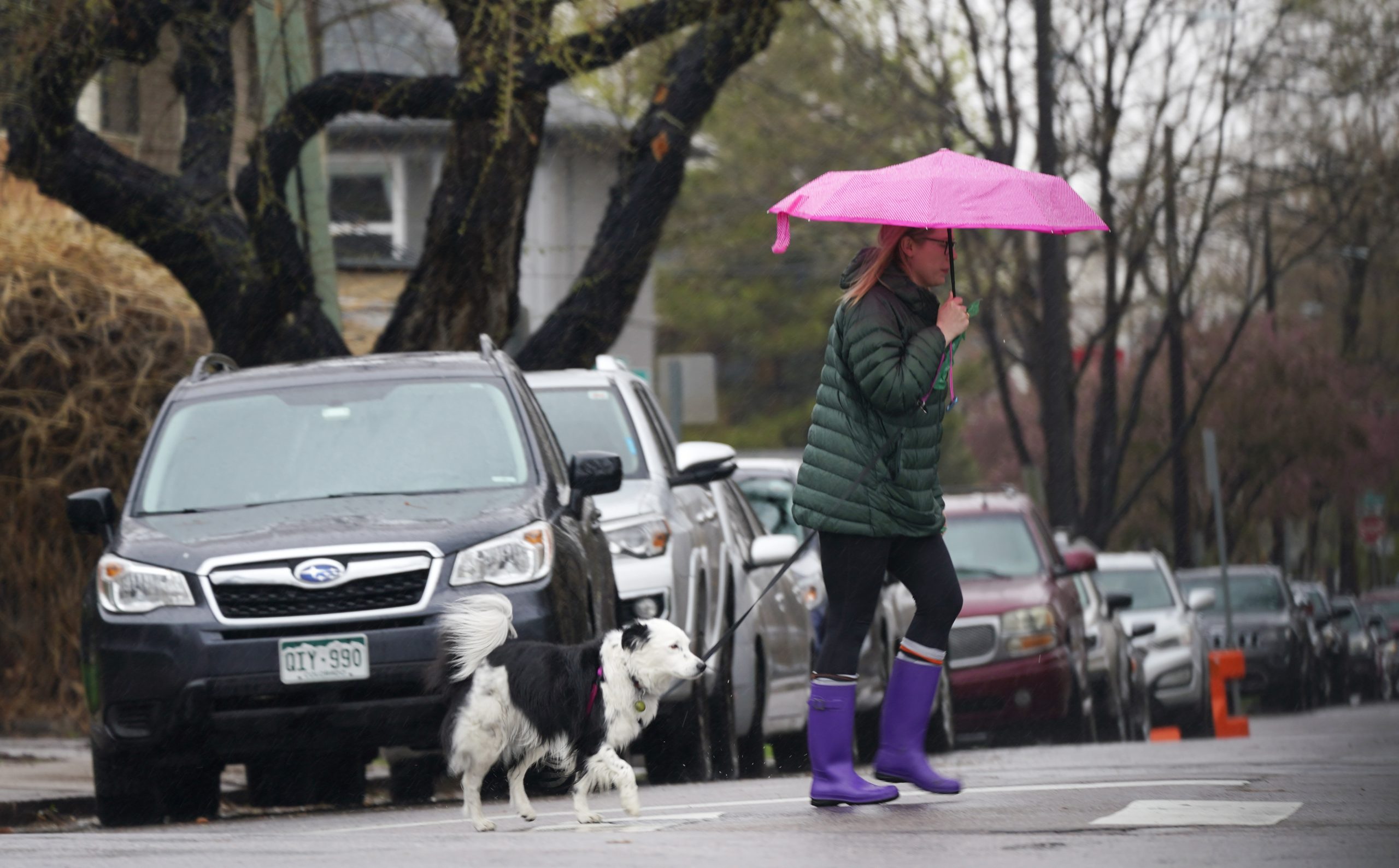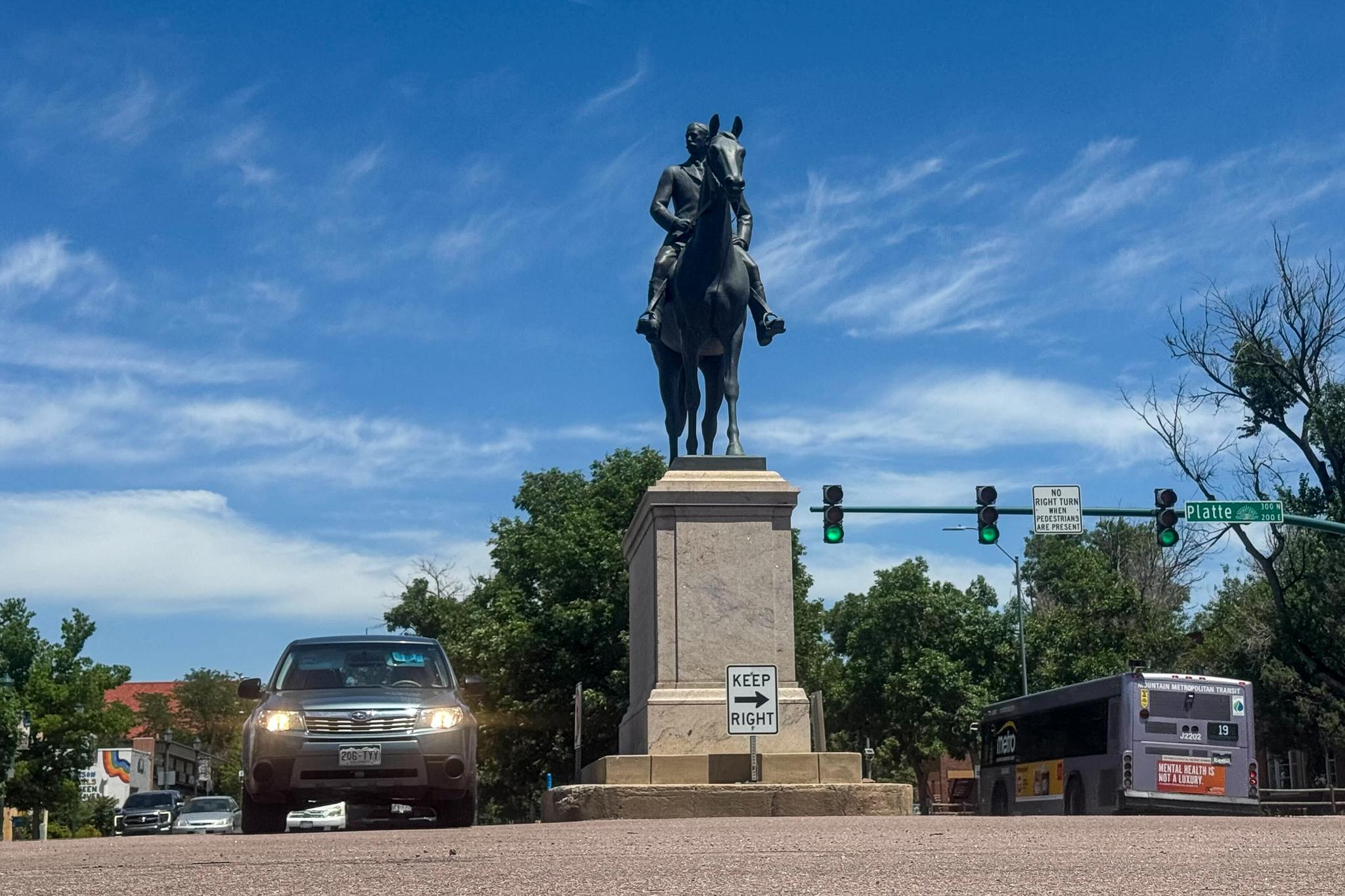
As of May 3, it had rained more than 7.6 inches from the start of this year, according to the National Weather Service in Boulder. That’s more than double what Denver usually gets by early May, and there’s more rain in the forecast.
It hasn’t rained this much since the 1940s.
On average, Denver gets about 14.3 inches of rain annually, so the city is already past its annual halfway mark.
We’re in a La Niña weather pattern, which usually means drier conditions for areas east of the Continental Divide in Colorado. But National Weather Service forecaster Frank Cooper said these storm systems have been driving further south.
“That flow I believe is weaker than what we originally expected, based off of what La Niña normally does,” Cooper said. “These systems have been able to move across [the Continental Divide] and give us some good precipitation, especially for north-central and northeast Colorado.”
Other parts of the state haven’t been so lucky. As the Colorado Climate Center pointed out, it might be hard to believe that most of the state is in a drought if you live in Denver.
As that map shows, Denver and the northeast part of the state got good rain. But the remaining three quarters of Colorado did not.
“For much of western CO, this was the driest April on record,” tweeted the Colorado Climate Center. “Not what we want, piggy-backing on the 2020 #drought.”
More than 60 percent of the state is in a severe drought, and swaths of the West Slope are in an exceptional drought — the worst category from the U.S. Drought Monitor. Colorado farmers and ranchers are heading into one of the driest planting seasons in the last 20 years.









